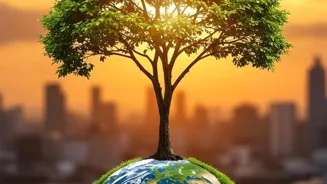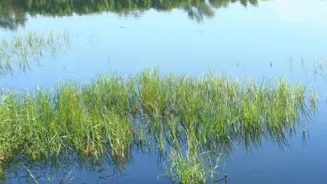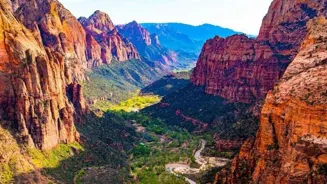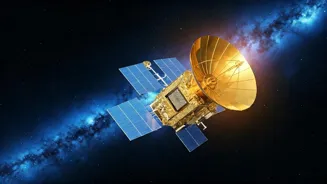Climate Change Threatens Biodiversity: A Call to Action! Discover why protecting our planet's diversity is crucial. Read more!
Folks, the world around us is changing, and one of the biggest reasons is climate
change. It's not just about hotter summers; it's messing with the plants and animals, the very things that make our planet so vibrant!
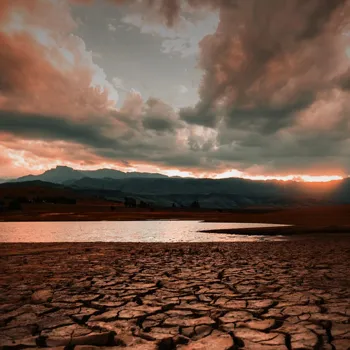
Biodiversity, which is all the different types of life – from tiny insects to towering trees – is facing a serious threat. Changes in temperature, rainfall, and sea levels are creating chaos for many species, pushing some to the brink of extinction.
This isn't just a problem for scientists to worry about; it impacts all of us. After all, a healthy environment is essential for our own well-being and future.
Climate change leads to extreme weather, affecting ecosystems and species survival
Climate change is causing major shifts in weather patterns. This means more extreme events like droughts, floods, and heatwaves. These events can wipe out entire populations of plants and animals, especially those that are already struggling to survive.

Rising temperatures are also forcing species to move to cooler areas, disrupting ecosystems as they go. Think of it like your family having to move houses unexpectedly – it takes time to adjust, and some might not make it.
Climate change causes rising temperatures, impacting species like coral reefs
One of the most obvious effects of climate change is rising temperatures. Many species have adapted to specific temperature ranges, and when those ranges shift, they struggle to survive. For example, some coral reefs, the "rainforests of the sea," are dying because of warmer waters.
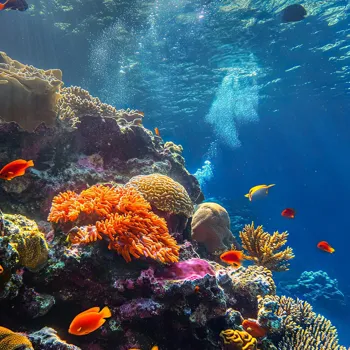
This phenomenon, known as coral bleaching, weakens the reefs and makes them more susceptible to disease.
Climate changes impact food webs, affecting species survival
Even slight changes in climate can have a cascading effect, impacting entire food webs. If a particular plant species can no longer survive in an area, the animals that depend on it for food will also suffer. This can lead to a chain reaction, affecting many other species in the ecosystem.
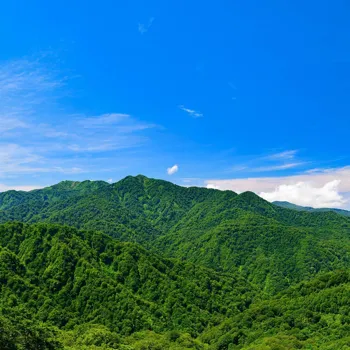
Changes in rainfall patterns impact ecosystems, affecting biodiversity and habitats like the Sunderbans
Changes in rainfall patterns, because of climate change, can also significantly impact ecosystems. Some areas are experiencing more frequent and severe droughts, which can lead to water scarcity and habitat loss. Other areas are seeing increased rainfall, which can cause flooding and soil erosion.
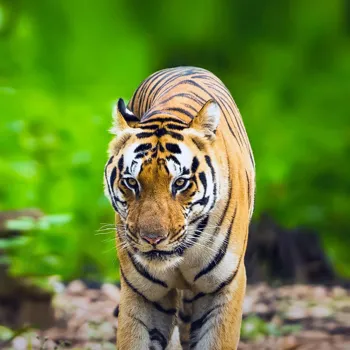
These changes can make it difficult for plants and animals to survive, leading to a decline in biodiversity. Consider the Sunderbans, a vast mangrove forest in India and Bangladesh.
Rising sea levels and changing rainfall patterns are threatening the survival of these mangrove forests, which are important habitats for many species, including the Royal Bengal tiger. The tigers are also facing another threat, the changing salinity level of the water.
Rising sea levels threaten coastal ecosystems and species
Sea levels are rising due to the melting of glaciers and ice sheets. This threatens coastal ecosystems such as mangrove forests, coral reefs, and salt marshes, which are important habitats for many species.
Rising sea levels can also contaminate freshwater sources with saltwater, making it difficult for plants and animals to survive. Climate change is becoming an increasingly potent risk. Think about coastal fish species.
The ecosystem where they live is increasingly getting affected because of sea levels rising.
India's diverse ecosystems face threats from climate change
India, with its diverse landscapes – from the Himalayas to the Western Ghats – is a biodiversity hotspot. But this richness is under threat.
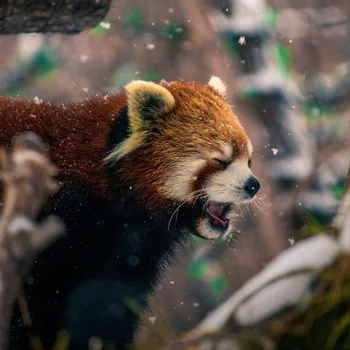
Rising temperatures are affecting the Himalayan ecosystem, causing glaciers to melt faster and altering the habitat for species like the snow leopard and the red panda.
Changes in rainfall patterns are impacting agricultural productivity and the availability of water, affecting both humans and wildlife. The Western Ghats, another biodiversity hotspot, is facing deforestation and habitat fragmentation, further exacerbating the impact of climate change.
Himalayas face climate change impact endangering biodiversity
The Himalayas are extremely sensitive to climate change. Rising temperatures are causing glaciers to melt at an alarming rate, which can lead to increased flooding in the short term and water scarcity in the long term.
The melting glaciers are also altering the habitat for many species that depend on the glaciers for their survival. The unique biodiversity of the Himalayas, including iconic species like the snow leopard and the red panda, is at risk.
There are several initiatives that support afforestation and ecosystem restoration to restore the balance.
Sundarbans faces climate change threats; vital for India
The Sundarbans, as mentioned earlier, is particularly vulnerable to the effects of climate change. Rising sea levels are inundating the mangrove forests, threatening the habitat of the Royal Bengal tiger and other iconic species.
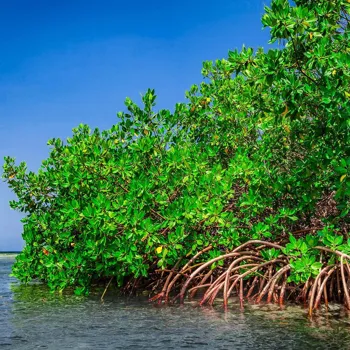
Climate change is also affecting the livelihoods of people who depend on the Sundarbans for their survival. The delicate ecosystem of Sunderbans is very important to India.
India's ecosystems facing severe impacts from drought, pollution, affecting biodiversity
Even our plains regions aren't spared. Increased drought and changes in rainfall patterns are severely affecting agricultural productivity. India's rich biodiversity is slowly getting destroyed. Our rivers are becoming polluted, and these factors are impacting the ecosystem very badly.
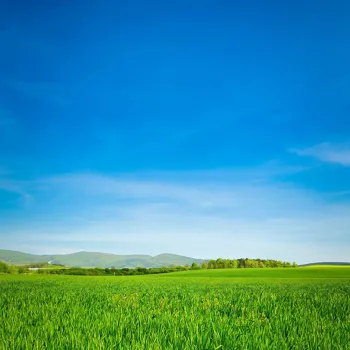
actions to safeguard environment, contribute to care for it
We need to take actions to safeguard it, and make sure that we contribute by taking care of the environment.
Hope remains to combat climate change by reducing carbon footprint and protecting biodiversity
The situation may sound grim, but there's still hope. We can take steps to mitigate the effects of climate change and protect our biodiversity. Reducing our carbon footprint is crucial.
This means using less energy, switching to renewable energy sources like solar and wind power, and adopting sustainable transportation options. We can also support policies that promote conservation and protect natural habitats.
Individual actions for environment: plant trees, reduce waste, support sustainable agriculture
Individual actions can also make a big difference. Planting trees helps absorb carbon dioxide from the atmosphere and provides habitat for wildlife. Reducing our consumption of resources and waste helps conserve energy and reduce pollution.
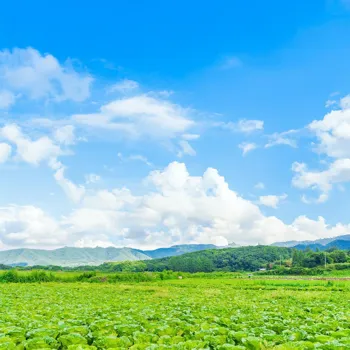
Supporting sustainable agriculture practices helps protect soil health and promote biodiversity.
Governments and organizations must protect biodiversity through policies and sustainable practices
Governments and organizations have a vital role to play in protecting biodiversity. Implementing policies that promote conservation, such as protecting national parks and wildlife sanctuaries, is crucial.
Investing in research and monitoring to understand the impacts of climate change on biodiversity is also essential. Promoting sustainable development practices that balance economic growth with environmental protection is key to ensuring a healthy future for both humans and wildlife.
International cooperation vital for effective climate change action
International cooperation is also essential to address climate change effectively. Countries need to work together to reduce greenhouse gas emissions and provide support to developing countries in their efforts to adapt to climate change.
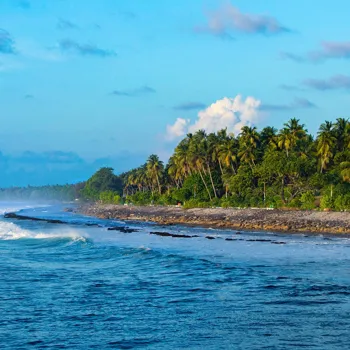
Sharing knowledge and best practices among countries can help accelerate the development and implementation of effective conservation strategies. Protecting biodiversity is a shared responsibility, and we all have a role to play in creating a more sustainable future.
Simple lifestyle changes can combat climate change
We need to be aware of the impact of climate change. Simple changes to our lifestyles can have a significant impact. Conserving water, reducing waste, and supporting sustainable businesses are just a few examples of actions we can take to protect the environment.
Even small changes, when multiplied across millions of people, can make a big difference.
Embracing sustainability for a healthier planet and future
By embracing a more sustainable lifestyle, we can reduce our impact on the planet and help protect the precious biodiversity that makes our planet so unique. It's not just about saving the planet for future generations; it's about protecting our own health and well-being.
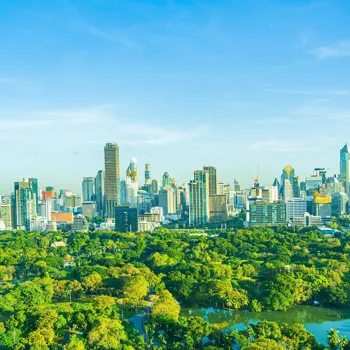
A healthy environment is essential for a healthy life. Let's work together to create a more sustainable future for all.
Let's protect biodiversity by making sustainable choices
Let's all become more mindful of our impact on the environment. By making informed choices and supporting sustainable practices, we can help protect our biodiversity and ensure a healthy future for ourselves and generations to come.

The time to act is now; let's work together towards preserving our planet and its biodiversity. Let us all resolve to take concrete actions to conserve our biodiversity. A plant, an animal, and an ecosystem – every piece matters! The conservation of nature is of highest value.
AI Generated Content. Glance/InMobi shall have no liability for the content